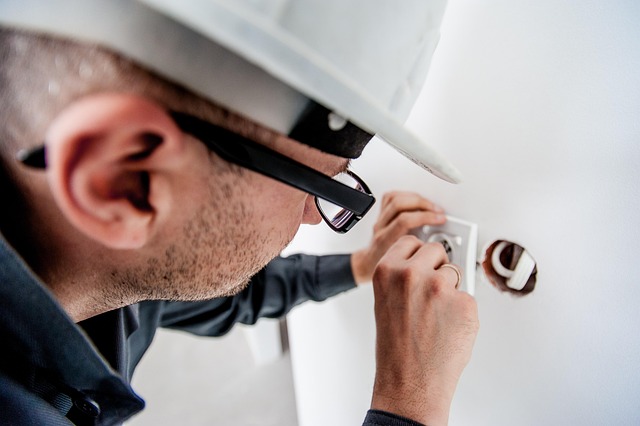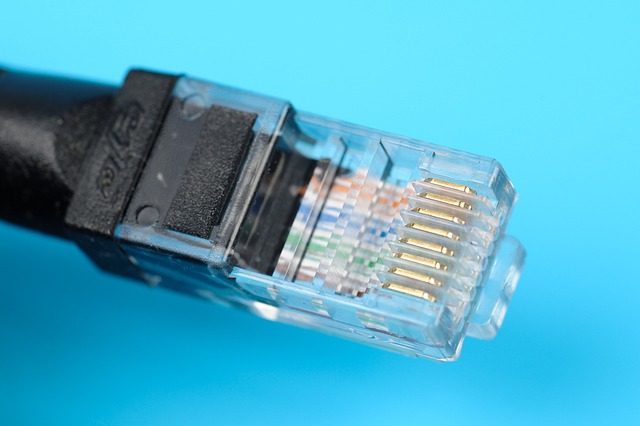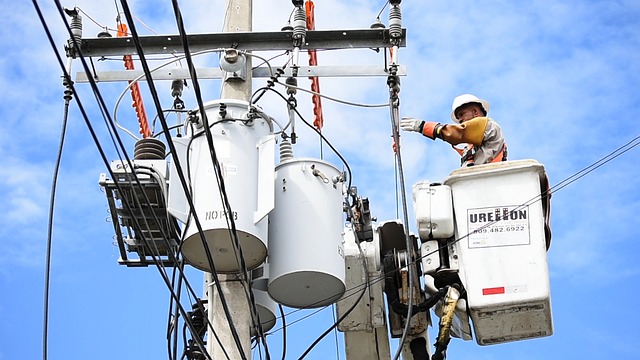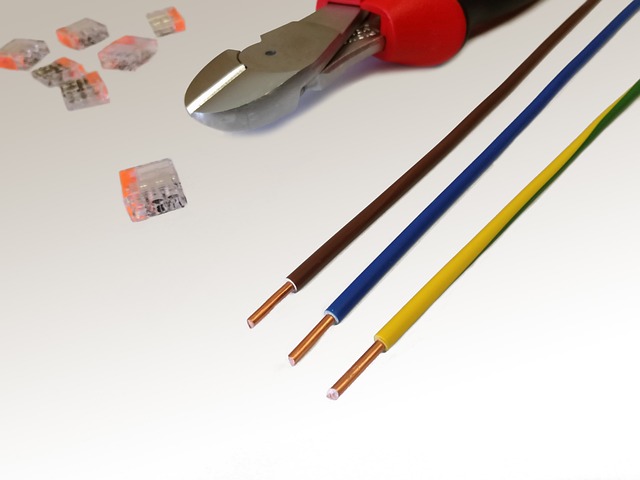An electrician's role in building inspections is crucial for maintaining code compliance and ensuring occupant safety. They inspect wiring, outlets, and components for damage, non-compliance, and fire hazards, identifying outdated systems and improper installations. Through testing and installing safety devices, they safeguard buildings from electrical failures. During inspections, electricians review blueprints, manually examine every electrical component with advanced tools, and maintain detailed records of findings, prioritizing communication on critical issues like fire risks and faulty wiring for swift resolution.
An electrician plays a vital role in ensuring building safety through code compliance inspections. This article delves into their expertise, focusing on key electrical aspects that require scrutiny. We explore systematic approaches to identify potential hazards, empowering electricians with efficient tools and techniques for comprehensive checks. Additionally, best practices for documenting and communicating inspection findings are highlighted, ensuring clear communication of critical insights for stakeholders.
- Understanding the Role of an Electrician in Building Inspections
- Key Areas to Inspect for Electrical Code Compliance
- Identifying Safety Risks in Buildings: A Systematic Approach
- Tools and Techniques for Efficient Code Compliance Checks
- Best Practices for Documenting and Communicating Inspection Findings
Understanding the Role of an Electrician in Building Inspections

During building inspections, especially for code compliance and safety risks, the role of an electrician is invaluable. They possess a deep understanding of electrical systems and regulations, making them key contributors to ensuring a structure’s safety. Electricians inspect wiring, outlets, switches, and other components for any signs of damage, faulty installation, or non-compliance with local electrical codes.
Their expertise includes identifying outdated wiring, improper grounding, and potential fire hazards. They also play a crucial role in testing and installing safety devices like smoke detectors and surge protectors. By leveraging their technical knowledge, electricians help maintain the building’s integrity, safeguarding occupants from electrical failures and related dangers.
Key Areas to Inspect for Electrical Code Compliance

When conducting an inspection for electrical code compliance, several critical areas demand meticulous attention. A qualified electrician should scrutinize the building’s wiring systems, checking for any signs of damage, exposed wires, or outdated insulation. These issues can pose significant safety hazards and are often the root cause of electrical fires. The panel and its components, including circuit breakers and fuses, need to be evaluated for proper labeling, functionality, and capacity.
Another vital aspect is ensuring the safe installation of outlets and switches throughout the property. This includes verifying ground fault circuit interrupters (GFCIs) in wet areas like kitchens and bathrooms, as well as checking for correct volt metering and grounding. Regular maintenance and timely repairs are key to mitigating risks, so keep an eye out for any loose connections or faulty equipment, addressing them promptly to uphold safety standards.
Identifying Safety Risks in Buildings: A Systematic Approach

Identifying safety risks in buildings involves a systematic approach that includes a thorough inspection by a qualified electrician. They are trained to recognize potential hazards that may go unnoticed by untrained eyes, such as faulty wiring, outdated electrical systems, or improperly installed fixtures. By conducting regular and meticulous assessments, electricians can ensure compliance with local building codes and identify risks that could lead to serious accidents or structural damage.
This process begins with a comprehensive review of the building’s blueprints and specifications to understand its layout and design. Next, electricians perform hands-on inspections, examining each component from electrical panels and wiring to outlets and switches. They use advanced tools and testing equipment to detect any anomalies or signs of wear and tear. This systematic approach ensures that every corner of the building is scrutinized, allowing for the early detection of safety risks and facilitating timely repairs or upgrades.
Tools and Techniques for Efficient Code Compliance Checks

Efficient code compliance checks require a combination of advanced tools and meticulous techniques. Electricians often rely on thermal imaging cameras to detect potential electrical issues, such as overheated wires or faulty connections, which can indicate underlying problems. Additionally, they utilize specialized software for building code analysis, integrating digital blueprints with real-time data to ensure every aspect adheres to the latest regulations. These technological aids streamline the inspection process, allowing professionals to identify and rectify issues swiftly.
On-site assessments also involve manual inspections using hand tools like voltage testers and multimeters to verify electrical systems’ integrity. Visual examinations for visible damage or wear and tear are crucial, while infrared thermography helps uncover hidden problems. By combining these tools and techniques, electricians conduct thorough checks, guaranteeing buildings meet safety standards and code requirements.
Best Practices for Documenting and Communicating Inspection Findings

When documenting inspection findings, it’s crucial to maintain clear and detailed records that accurately reflect the condition of the property. As an electrician, prioritize using standardized forms or digital platforms to record all observed issues, including code violations and potential safety hazards. Each entry should include a description of the problem, its location, and any relevant photographs or diagrams for context. Additionally, noting the severity of the issue and suggesting possible remedies demonstrates a thorough approach.
Effective communication is equally vital. During post-inspection meetings or reports, present findings in a structured manner, prioritizing safety risks and code violations over minor observations. Use simple language to ensure all stakeholders understand the implications. For instance, clearly articulate the potential consequences of identified electrical issues, such as fire hazards or faulty wiring, to emphasize the urgency of rectifying these problems.
Building inspections are a vital aspect of ensuring safety and code compliance, and electricians play a crucial role in this process. By understanding the key areas to inspect, adopting systematic approaches to identify risks, utilizing efficient tools and techniques, and implementing best practices for documentation, electricians can contribute significantly to maintaining high standards in construction. Regular inspections not only safeguard occupants but also help prevent costly renovations and legal issues, making it essential for professionals in this field to stay updated on the latest regulations and methods.
